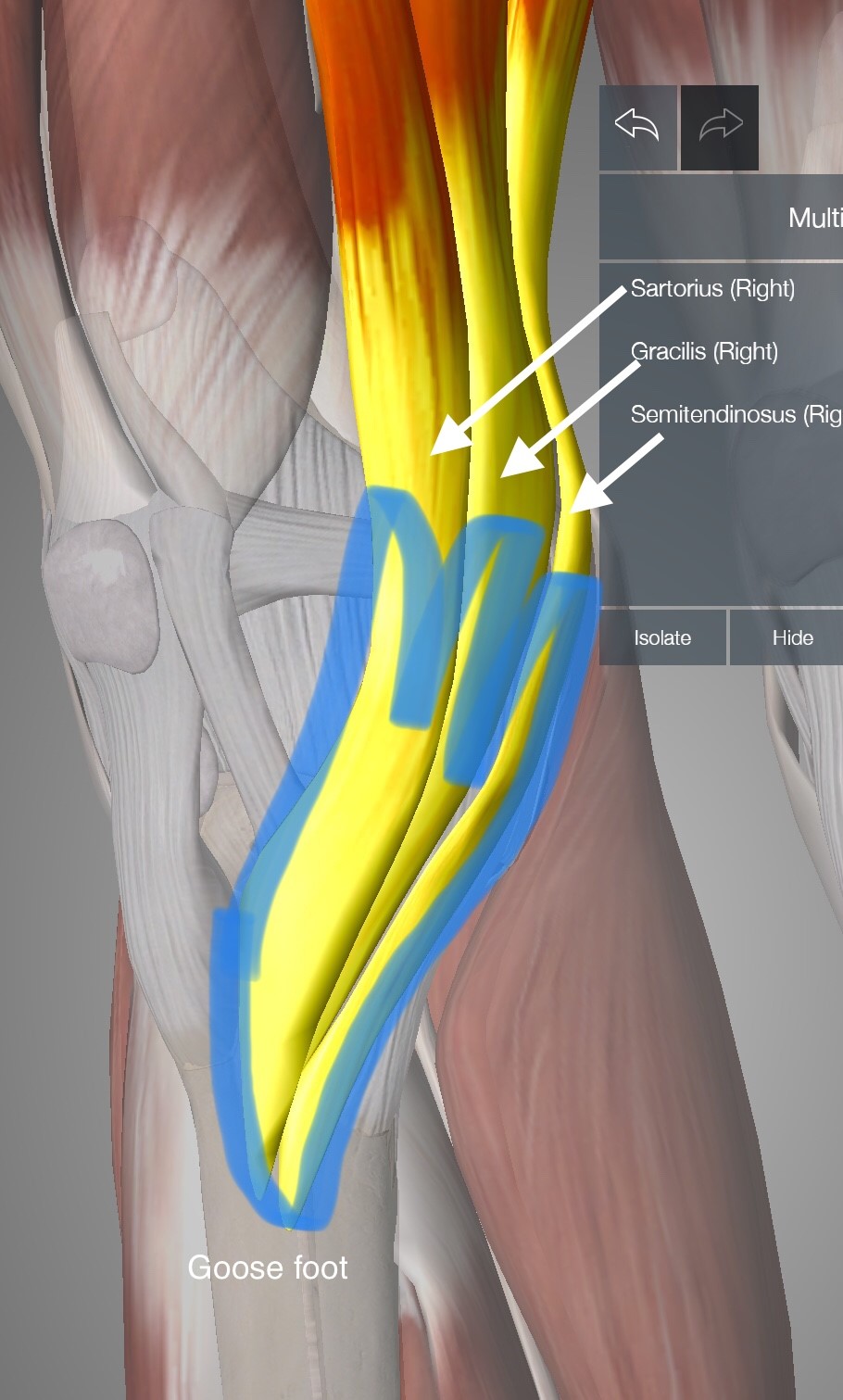

These might begin with "passive" motions that the physical therapist performs for you to gently move your leg and knee joint, and then progress to active exercises that you do yourself. Your physical therapist will choose specific activities and treatments to help restore normal movement in the knee and leg. Your physical therapist may use different types of treatments to control and reduce your pain and swelling, including ice, heat, ultrasound, electrical stimulation, taping, exercises, and hands-on therapy, such as massage. Consult with a physician for further services, such as medication or diagnostic tests.ĭepending on your condition and goals, your rehabilitation plan may include treatments to:.Apply ice packs to the area for 15 to 20 minutes every 2 hours.Rest the area by avoiding walking or any activity that causes pain.If you see a physical therapist within 24 to 48 hours of your injury, your therapist may advise you to: Physical therapy will help you return to your normal lifestyle and activities. Your physical therapist will work with you to design a specific treatment program that will speed your recovery, including exercises and treatments that you can do at home. To provide a definitive diagnosis, your physical therapist may collaborate with an orthopedic physician or other health care provider, who may order further tests, such as an x-ray, to confirm the diagnosis and to rule out other damage to the knee. Observe how you are walking, squatting, and performing other functional and sports-specific tasks as appropriate.Assess the range of motion you have at the knee and hip, as well as the strength of some of the muscles at these joints.Gently press on the inner side of your knee to see if it is painful to the touch.Your physical therapist also will perform special tests to help determine the likelihood that you have pes anserine bursitis. Does your knee feel like it is buckling or “giving way” when you try to use it?.Did you see swelling around the knee in the first 2 to 3 hours following the injury?.Did you receive a direct hit to the leg while your foot was planted on the ground?.Did you change direction quickly while running?.Did you turn your leg with your foot planted on the ground?.Did you feel pain or hear a "pop" when you injured your leg?.Your physical therapist will conduct a thorough examination that includes taking your health history as well as asking you detailed questions about your injury, such as: Tight hamstring (back of the thigh) muscles.Injury, such as a direct hit to the leg.Turning the leg sharply with the foot planted on the ground.

Valgus positioning of the knee (ie, a “knock-knee” position where the knees angle inward).Incorrect sports training techniques, such as a lack of stretching, sudden increases in run distances, or too much uphill running.Repetitive activities, like squatting, stair climbing, and other work or household activities that are often repeated.Certain positions, motions, or disease processes can cause increased friction or stress on the bursa, leading to the development of bursitis. This condition is usually painful and associated with some swelling in the affected area.

The term "bursitis" describes a condition where the bursa has become irritated and inflamed. It lies beneath 3 tendons that attach to muscles of the thigh, and prevents the tendons from rubbing on the shinbone (tibia).

The pes anserine bursa is a small, fluid-filled sac located 2 to 3 inches below the knee joint on the inside of the lower leg. To find a physical therapist in your area, visit Find a PT. You can contact a physical therapist directly for an evaluation. They improve quality of life through hands-on care, patient education, and prescribed movement. Physical therapists are movement experts. Physical therapists treat people with pes anserine bursitis to reduce pain, swelling, stiffness, and weakness, as well as identify and treat the underlying cause of the condition. However, in some cases no direct cause can be identified. The condition is also commonly associated with type 2 diabetes 24% to 34% of patients with type 2 diabetes who report knee pain are found to have pes anserine bursitis. Up to 75% of people who have osteoarthritis of the knee have symptoms of pes anserine bursitis. It occurs most commonly in young people involved in sports (such as running or swimming the breaststroke), middle-aged women who are overweight, and people aged 50 to 80 years who have osteoarthritis of the knee. Pes anserine bursitis is a condition that produces pain on the inside of the knee and lower leg.


 0 kommentar(er)
0 kommentar(er)
